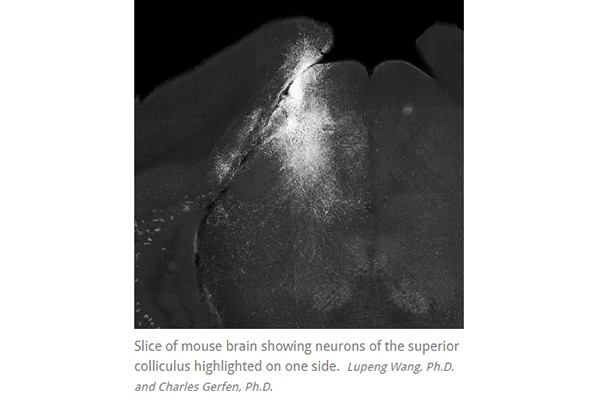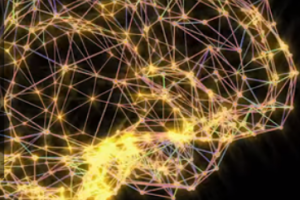It’s now or never: Visual events have 100 milliseconds to hit brain target or go unnoticed
Researchers at the National Eye Institute (NEI, a part of the National Institutes of Health) have defined a crucial window of time that mice need to key in on visual events.
Researchers at the National Eye Institute (NEI, a part of the National Institutes of Health) have defined a crucial window of time that mice need to key in on visual events. As the brain processes visual information, an evolutionarily conserved region known as the superior colliculus notifies other regions of the brain that an event has occurred. Inhibiting this brain region during a specific 100-millisecond window inhibited event perception in mice. Understanding these early visual processing steps could have implications for conditions that affect perception and visual attention, like schizophrenia and attention deficit hyperactivity disorder (ADHD). The study was published online in the Journal of Neuroscience. "One of the most important aspects of vision is fast detection of important events, like detecting threats or the opportunity for a reward. Our result shows this depends on visual processing in the midbrain, not only the visual cortex," said Richard Krauzlis, Ph.D., chief of the Section on Eye Movements and Visual Selection at NEI and senior author of the study.
You may find the whole text here.





Related Posts